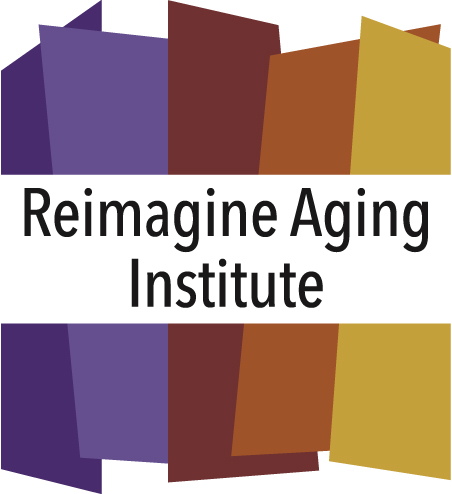Link to article in Chaska Herald
Guest Column by Deb Taylor
 Aging in place is defined as an individual living in the residence of their choice as they age, while maintaining their quality of life. According to AARP, 87% of older adults age 65+ want to age in place and stay in their current home and community as they age.
Aging in place is defined as an individual living in the residence of their choice as they age, while maintaining their quality of life. According to AARP, 87% of older adults age 65+ want to age in place and stay in their current home and community as they age.
Aging in place is important not only because it is the preferred way of older adults to age, but also because of the growing numbers of older adults. The rate at which the older adult population is growing presents society with a unique challenge of ensuring there are enough resources to help this population safely age in place.
This brings me to the 5 ways technology helps older adults age in place:
- Increases resources
Caregiving for an older adult can be overwhelming when you are doing it alone. It can be stressful and time consuming to search for all the resources your older adult may need and can lead to burnout. Technology like CareNextion.org can help caregivers lighten their load by freely and easily growing their care team as well as gaining access to hundreds of free or reduced cost additional resources. CareNextion.org is a free, online, care management tool for older adults and their caregivers. It allows individuals to create care teams amongst family members and other trusted individuals to easily communicate, share schedules and find assistance for their aging loved one. With a calendar, journal and resource section, this online tool enables individuals to bring together the support needed to help their loved one live a vital and engaging life.
- Reduce Cost of Care
We all know that the cost of nursing home or assisted living care is astronomical. So much so, that aging in place isn’t just what some older adults prefer to do, but it’s their only option because they’re unable to afford anything else. In-home sensors are often a great alternative to assisted living care as they provide older adults the opportunity to remain independent, while keeping trusted individuals in the loop.
A great example of this is Assured Living by Best Buy. Assured Living is a customizable, non-intrusive sensor-based activity notification service that connects caregivers with their loved ones. Motion, bed and other sensors learn the patterns of a parent’s activities at home and notify caregivers when there are changes in routine, so caregivers no longer need to worry about how their loved one is doing, and older adults can enjoy the freedom of independent living with the comfort that someone is there when they need them.
- Minimize Isolation
Video chatting tools such as Skype, FaceTime, etc. help older adults stay in touch with their family and friends, which help them to stay connected within their communities. Online communication can even be used with your doctor.
Another example of this type of technology comes from Independa,Inc. Independa, Inc., is the global leader in remote engagement technologies, enables the best remote engagement and care by leveraging Independa’s award-winning software platform to integrate across the TV and other everyday devices. Picture sharing, messaging, video chat, important calendar reminders and more are delivered right to the viewers TV!
- Increase mobility
Many mobility aids exist to assist older adults in aging in place. An example of this is Walkasins, a wearable sensory prosthetic for patients with peripheral neuropathy who have trouble staying balanced. A thin insole placed in the shoe measures foot pressure and a leg unit placed around the ankle provides tactile cues about balance that the wearer learns to use as a new balance sense.
- Keep your brain sharp
Online games aren’t just for children. Video games help to improve hand-eye coordination and mental sharpness. Research from UC San Francisco found that playing video games can alter the brains plasticity and boost brain activity to that of a younger brain. They also have the added bonus of reducing isolation when playing multi-player games. One great resource for online games is a website called Lumosity.com. Lumosity.com has over 50 cognitive games that have been created by scientists and game designers with the specific purpose of strengthening your brain.
On October 12, you will have the chance to learn first-hand about many of the aforementioned pieces of technology as they are featured at the Reimagine Aging Conference held by nonprofit Senior Community Services at the Minnetonka Community Center. Experts across the field will be discussing the role technology has and will play as we all continue to age in a keynote address given by Jennifer Willey, Chief Business Officer of Independa, a panel discussion featuring representatives from business, employers, government and academia who will be sharing their insights on technology, as well as four breakout sessions highlighting specific technologies that help older adults age in place.
Deb Taylor is the CEO of Senior Community Services and its Reimagine Aging Institute, a nonprofit that helps older adults and caregivers navigate aging to maintain independence and quality of life. We provide a wide array of programs — www.seniorcommunity.org



